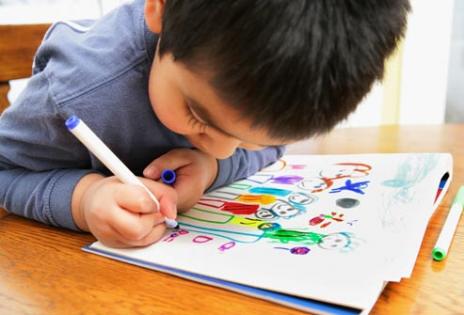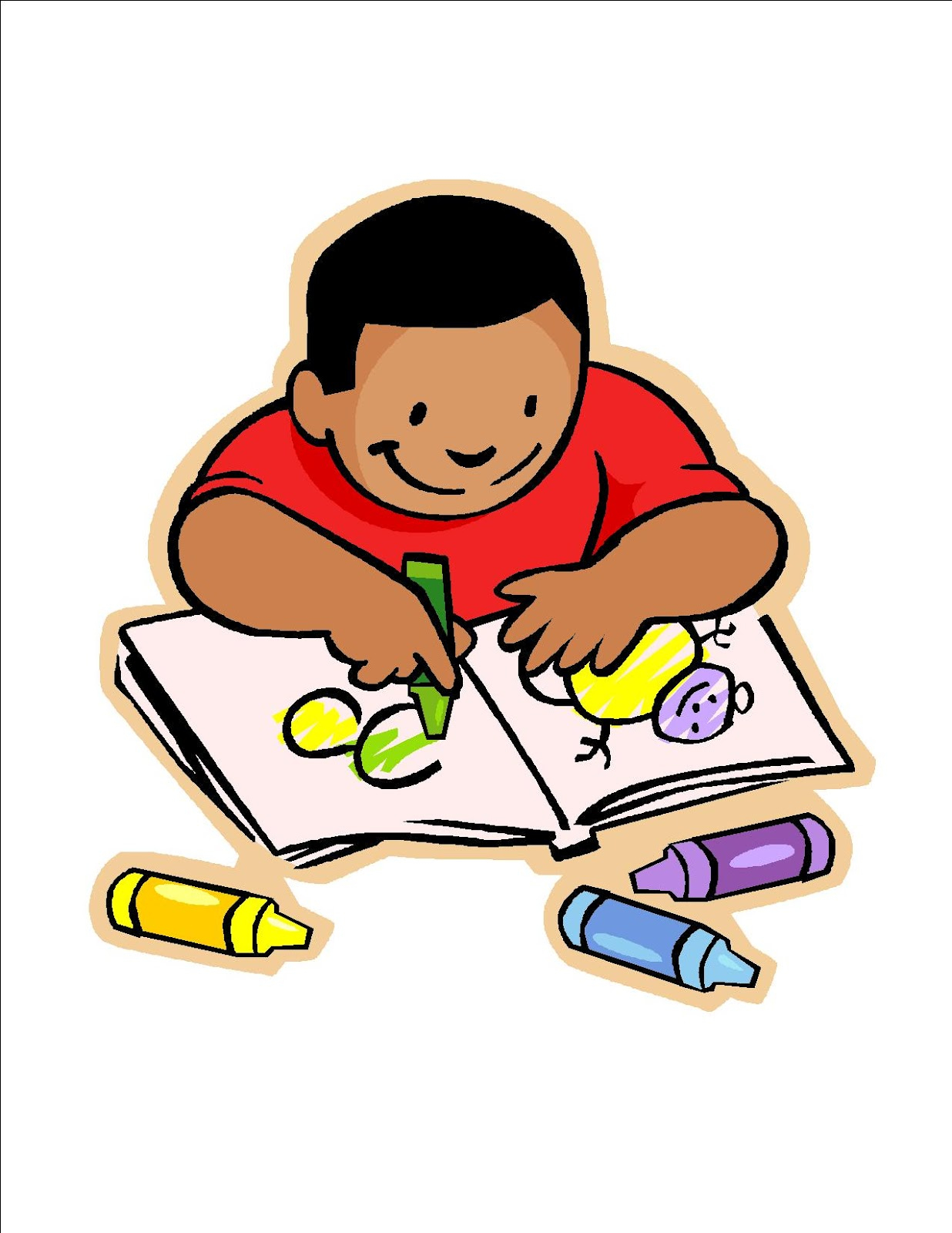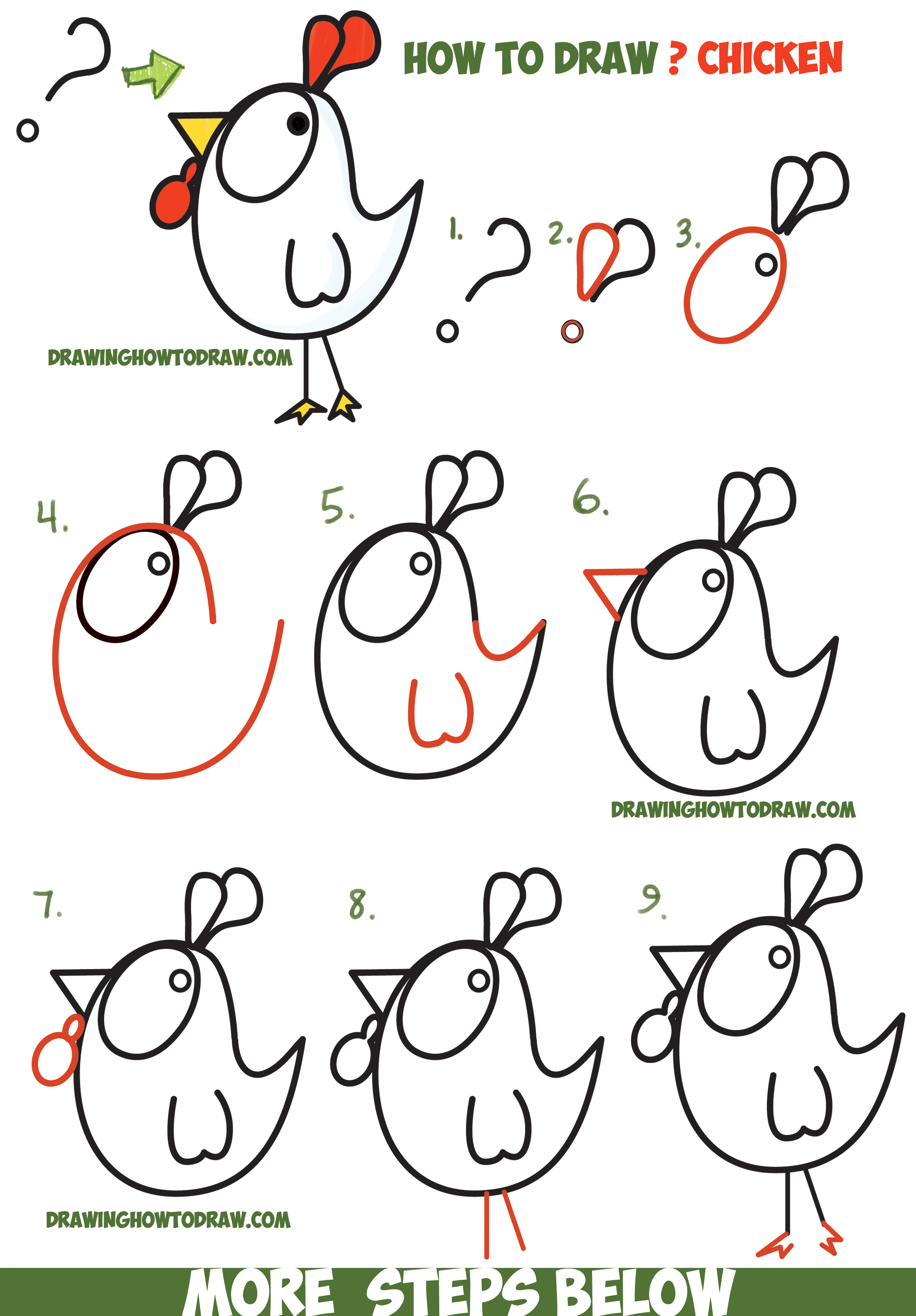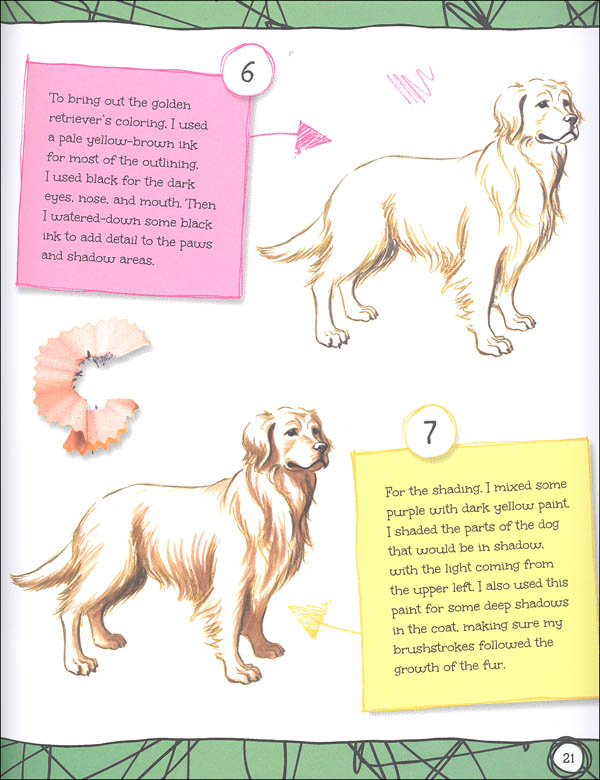Kids drawing clipart at paintingvalley com
Table of Contents
Table of Contents
If you’ve ever tried to draw a child, you know how challenging it can be. Capturing the essence of a child’s energy and spirit on paper is no easy feat, but with the right techniques and some practice, anyone can improve their ability to draw children. In this post, we’ll go over the basics of how to draw a child and share some tips and tricks to help you get started.
Common Challenges in Drawing Children
Children are constantly in motion, so it can be difficult to capture a still image that truly represents the child. Additionally, children often have unique proportions and features that can be more challenging to draw than those of adults. It’s important to keep these challenges in mind when attempting to draw a child, but with the right approach, they can be overcome.
How to Draw a Child
The first step in drawing a child is to start with basic shapes. Draw a circle for the head, and then use simple geometric shapes to sketch out the body and limbs. Once you have the basic outline, you can add details to make the child look more realistic. Pay attention to the proportions of the head, eyes, nose, and mouth, and be sure to capture the child’s unique posture and expressions.
Use Reference Photos
One of the best ways to improve your ability to draw children is to study photos of real children. Find images that capture the essence of childhood, and practice sketching these images until you feel comfortable with the proportions and features of a child’s face and body.
More Tips and Tricks for Drawing Children
Experiment with different styles and techniques to find what works best for you. Try using bold, bright colors to capture the energy of childhood, or use soft, delicate lines for a more subdued effect. Remember that there is no “right” way to draw a child - it’s all about expressing your own unique vision and style.
Personal Experience with Drawing Children
As an artist, I’ve always loved drawing children. There’s something about the way they move and express themselves that is so inspiring to me. One of my favorite techniques is to use bright, playful colors to capture the spirit of childhood - I find that this approach really brings my drawings to life.
How to Draw Children’s Faces
When it comes to drawing children’s faces, it’s important to pay attention to the proportions of the features. Children often have larger eyes and smaller noses and mouths than adults, and their faces can be more round and cherubic. Practice sketching different facial expressions and angles to get comfortable with the unique features of a child’s face.
Practice, Practice, Practice
The most important thing when learning how to draw a child is to practice as much as possible. Set aside time each day to sketch, experiment with different styles and techniques, and learn from reference photos and other artists. With time and dedication, you can improve your ability to capture the joy and energy of childhood in your artwork.
Question and Answer
Q: What are some common mistakes to avoid when drawing children?
A: One common mistake is to make children look too mature or serious - this can take away from the joy and energy of childhood. Another mistake is to overlook the unique proportions of a child’s face and body, which can make your drawings look less realistic.
Q: What materials are best for drawing children?
A: The best materials for drawing children depend on your personal preference and style. Many artists prefer to use colored pencils, markers, or pastels to capture the bright, playful colors of childhood. Others may prefer to use graphite or charcoal for a more subdued effect.
Q: How can I improve my ability to draw children’s clothing?
A: One effective approach is to study real clothing and fabric textures, and practice sketching different folds and wrinkles. Another tip is to pay attention to the way fabric drapes and hangs on a child’s body, and use this knowledge to make your drawings look more realistic.
Q: What are some good resources for learning how to draw children?
A: There are many resources available online and in books for learning how to draw children. Some popular websites include Art for Kids Hub and How to Draw Step by Step. You may also want to consider taking a class or workshop from a local art school or community center.
Conclusion of How to Draw a Child
Drawing a child can be a challenging but rewarding experience. By starting with basic shapes and paying attention to unique proportions and features, you can capture the joy and energy of childhood in your artwork. With practice and dedication, anyone can improve their ability to draw children and create beautiful, expressive artwork.
Gallery
Benefits Of Drawing For Children – 123 Por Mi

Photo Credit by: bing.com / children drawing draw maps development child colouring kids benefits coloring parents read improve ways books still why need childs
Kids’ Drawings Give Important Clues To Issues At Home | Parents

Photo Credit by: bing.com / kids drawings drawing family parents clues issues important give
Help Improve Children’s Writing By Letting Them Draw | Motherpedia

Photo Credit by: bing.com / draw writing drawing child kids children drawings early help development childrens they childhood their write
Kids Drawing Clipart At PaintingValley.com | Explore Collection Of Kids

Photo Credit by: bing.com / drawing kids clipart clip draw drawings paintingvalley
Learn To Decode Children’s Drawings | Novak Djokovic Foundation

Photo Credit by: bing.com / childrens






